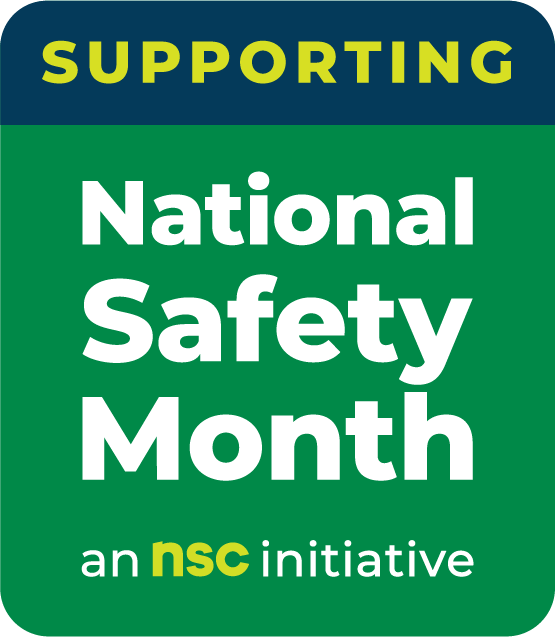July 2024 Speeding Awareness
July 23, 2024
The National Highway Traffic Safety Administration (NHTSA) launched an anti-speeding campaign in July, and throughout the country, many law enforcement agencies conducted high enforcement campaigns in their own jurisdictions. Nationally, speeding accounts for about 1/3 of all roadway fatalities, and early 2023 data attributes 39 fatal crashes to speed in Nebraska alone. According to the […]



